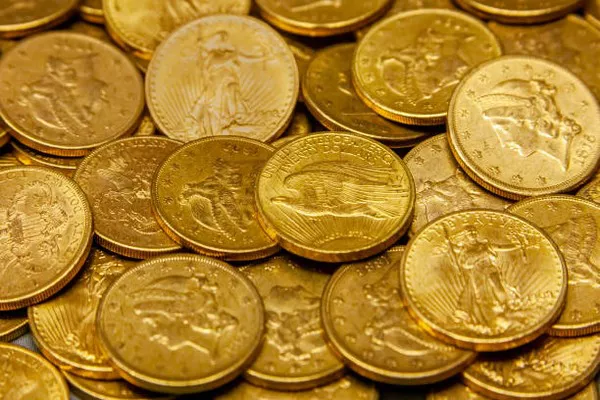Gold has been a symbol of wealth and prosperity for centuries, captivating the human imagination and driving exploration and trade. Whether in the form of jewelry, coins, or bullion, the allure of gold remains strong. However, with the prevalence of counterfeit gold flooding the market, it has become imperative for individuals to know how to distinguish the genuine article from imitations. In this article, we will explore various methods and techniques to ascertain the authenticity of gold, providing a comprehensive guide for consumers and investors alike.
Hallmarks and Stamps:
One of the initial indicators of real gold lies in its hallmark or stamp. Authentic gold items are typically marked with a specific stamp denoting its purity and origin. Common hallmarks include 24K for pure gold, 18K for 75% gold content, and so forth. Additionally, jewelry and bullion may bear the stamp of the manufacturer or a recognized certification agency. It’s essential to verify these marks, as counterfeiters often overlook or replicate them inaccurately.
Magnet Test:
While gold itself is not magnetic, many imitations, such as iron or steel alloys, are. Conducting a simple magnet test can help discern genuine gold from fake counterparts. If a piece is attracted to the magnet, it likely contains metal other than gold. However, keep in mind that this method is not foolproof, as some counterfeiters use non-magnetic materials in their fakes.
Density Test
Gold is renowned for its density, and this characteristic can be exploited to determine its authenticity. A straightforward way to perform a density test at home is by using water displacement. Submerge the item in a container of water and measure the volume of water displaced. Genuine gold will have a higher density compared to most other metals, resulting in less water displacement for the same weight.
Acid Test:
Professional jewelers often rely on acid tests to verify gold authenticity. This involves applying a small amount of nitric acid to a discreet part of the item. Genuine gold will not react or tarnish, while imitations will show discoloration. It is crucial to exercise caution when conducting acid tests, as they can damage the surface of the item.
Scratch Test:
Gold is a relatively soft metal, and its surface can be scratched easily with a sharp object. Conducting a scratch test on an inconspicuous area can reveal the true nature of the metal. Genuine gold will leave a gold streak, while counterfeits may reveal a different color beneath the surface. However, this method has its limitations, as some gold alloys may also leave a similar streak.
Magnet Slide Test:
A more refined version of the magnet test involves using a neodymium magnet on a slide. Place the gold item on a smooth surface and carefully slide the magnet over it. Genuine gold will not be attracted to the magnet, and the smooth slide indicates its non-magnetic nature. If there is any resistance or a jerky movement, it may suggest the presence of magnetic materials, hinting at a counterfeit.
Weight and Size Discrepancies:
Counterfeiters may attempt to replicate the appearance of gold while cutting corners on material costs. Consequently, fake gold items might have different weights or sizes than their genuine counterparts. Investing in a precise scale and knowing the correct weight and dimensions for a given purity can help uncover such discrepancies.
Professional Appraisal:
When in doubt, seeking the expertise of a professional appraiser or jeweler is a prudent course of action. Certified professionals possess the knowledge and tools necessary to accurately assess the authenticity of gold items. They can conduct comprehensive tests, including X-ray fluorescence, to determine the composition and purity of the metal.
Conclusion:
Distinguishing real gold from counterfeit imitations requires a combination of knowledge, observation, and practical testing. While the methods outlined in this article provide valuable insights, it is crucial to exercise caution and, when possible, seek the guidance of professionals. As the market continues to evolve, staying informed about emerging counterfeit techniques and regularly updating one’s knowledge will empower individuals to make informed decisions when it comes to acquiring or investing in gold. Remember, knowledge is the key to unlocking the secrets of genuine gold, ensuring that its timeless allure remains untarnished for generations to come.


